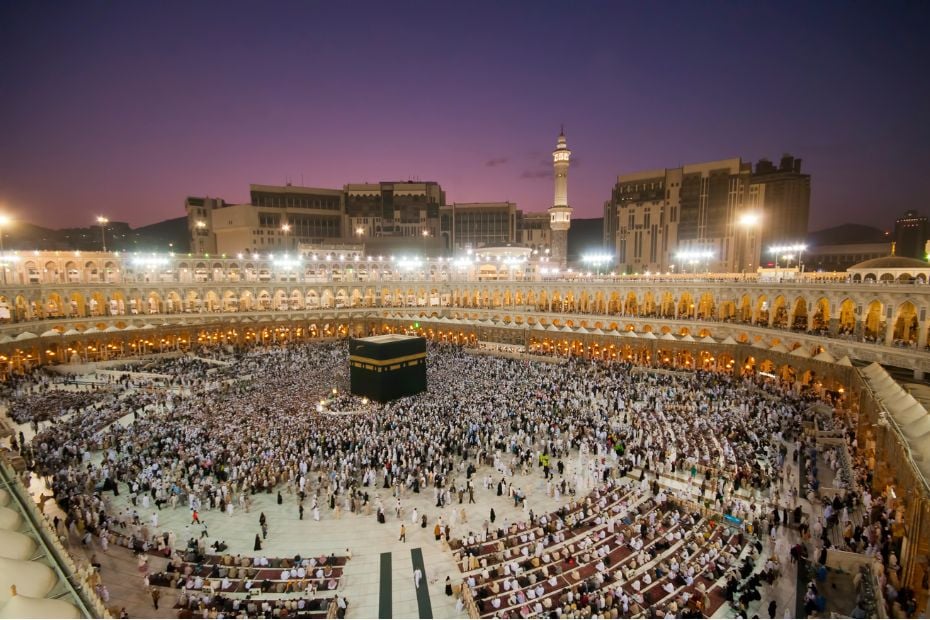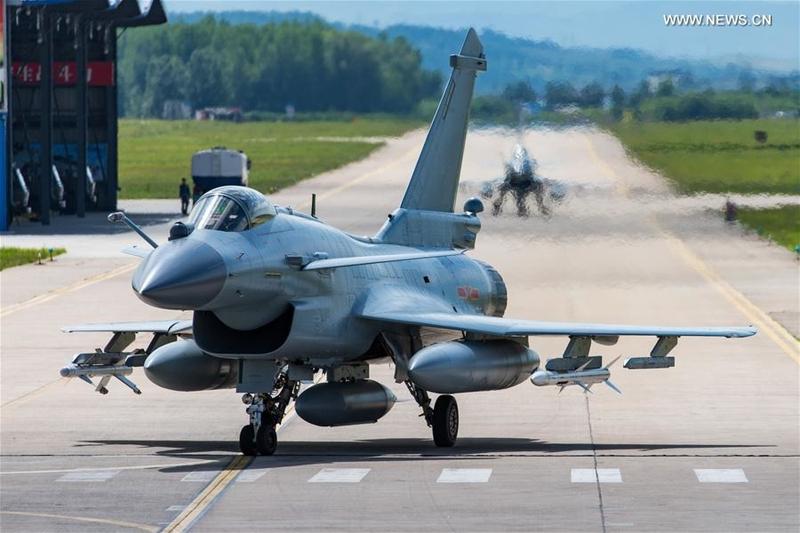Hajj is one of the most sacred acts of worship in Islam and represents a significant spiritual milestone for Muslims around the world. This annual pilgrimage takes place in the holy city of Makkah, Saudi Arabia, specifically at Masjid al-Haram—the largest and most revered mosque in the Islamic world. As one of the Five Pillars of Islam, performing Hajj is an obligation for every adult Muslim who is physically, financially, and emotionally capable of undertaking the journey at least once in their lifetime.
In this comprehensive guide, we’ll explore the spiritual significance of Hajj, when it will occur in 2025, the essential rituals involved, who is exempt from the pilgrimage, and its deep historical roots in Islamic tradition.
What is Hajj and Why is It Important in Islam?
Hajj is a profound act of devotion that symbolizes the unity of Muslims and their submission to Allah (SWT). Every year, millions of Muslims from across the globe gather in Makkah to perform this once-in-a-lifetime journey, seeking forgiveness, purification, and closeness to their Creator.
The Spiritual Meaning of Hajj
More than just a physical journey, Hajj is a deeply spiritual experience. Pilgrims strip away all markers of wealth, status, and nationality by wearing simple white garments known as Ihram. This state of spiritual purity serves to remind Muslims of the equality of all humans before Allah (SWT).
Performing Hajj offers Muslims the chance to:
- Cleanse themselves of past sins
- Reaffirm their faith
- Demonstrate humility and patience
- Strengthen their connection with Allah (SWT)
When is Hajj 2025?
Hajj follows the Islamic lunar calendar and always falls in the month of Dhul Hijjah, the twelfth and final month of the Islamic year. In 2025, Hajj is expected to occur between Wednesday, 4th June to Monday, 9th June 2025, although the exact dates may vary based on the sighting of the moon.
Why Do Hajj Dates Change Every Year?
The Islamic calendar operates on a lunar cycle, consisting of 12 months and approximately 354 days. As a result, Islamic dates shift forward by about 11–12 days each year when compared to the Gregorian calendar. This explains why Hajj doesn’t fall on the same Gregorian dates annually.
How Long Does Hajj Last?
The Hajj pilgrimage spans five to six days, beginning on the 8th of Dhul Hijjah and concluding on the 12th or 13th of Dhul Hijjah. During this time, pilgrims perform a specific sequence of rites that must be completed in order.
While Eid al-Adha, the Festival of Sacrifice, begins on the 10th of Dhul Hijjah and lasts for four days, Hajj rituals continue during this sacred festival.
Key Rites and Rituals of Hajj
Some of the major rituals include:
- Entering Ihram: A state of spiritual readiness
- Tawaf: Circumambulating the Kaaba seven times
- Sa’i: Walking seven times between the hills of Safa and Marwah
- Standing at Arafat (Wuquf): Considered the most essential ritual of Hajj
- Muzdalifah: Collecting pebbles for the symbolic stoning of the devil
- Ramy al-Jamarat: Stoning the three pillars representing Satan
- Qurbani (Sacrifice): Offering an animal sacrifice in remembrance of Prophet Ibrahim (AS)
- Tawaf al-Ifadah: A second circumambulation of the Kaaba
- Shaving or cutting the hair: Symbolizing rebirth and renewal
These rites are not just ceremonial; they are symbolic acts that reenact the devotion and sacrifices of Prophet Ibrahim (AS), his wife Hajar, and their son Ismail (AS).
Where Does Hajj Take Place?
The sacred pilgrimage unfolds across several key locations in and around the city of Makkah:
1. Masjid al-Haram (The Grand Mosque)
The journey begins and ends at the Kaaba, located within the Grand Mosque. The Kaaba is the holiest site in Islam, and all prayers across the world are directed towards it.
2. Mina
Known as the “City of Tents,” Mina is where pilgrims stay in temporary accommodations and perform the symbolic stoning of the devil.
3. Mount Arafat
Also known as Jabal al-Rahmah (Mount of Mercy), this is where the Prophet Muhammad (PBUH) delivered his final sermon. Standing at Arafat is the pinnacle of the Hajj experience.
4. Muzdalifah
After sunset at Arafat, pilgrims travel to Muzdalifah to pray and collect pebbles for the next day’s ritual of Ramy al-Jamarat.
These spiritual waypoints make up a pilgrimage route that requires endurance, patience, and heartfelt devotion.
Who is Required to Perform Hajj?
Hajj is mandatory for all adult Muslims once in their lifetime, provided they meet the following criteria:
- Faith: Must be a Muslim
- Adulthood: Children are not required to perform Hajj
- Sanity: Must be of sound mind
- Physical Capability: Must be physically able to undertake the journey
- Financial Capability: Must be able to afford the cost without incurring debt or neglecting familial obligations
Who is Exempt from Hajj?
Islam does not place undue burden on its followers. Therefore, the following groups are exempt:
- Children: Though children may accompany adults, it is not obligatory for them.
- Elderly or Physically Unfit: Those who are too ill or frail.
- Financially Incapable Individuals: If the cost of Hajj would create financial hardship, it is not required.
However, individuals in debt may still perform Hajj if:
- Their creditors allow it
- The journey doesn’t interfere with repaying the debt
- They have made arrangements to settle their financial obligations
The Historical Origins of Hajj
The Story of Prophet Ibrahim (AS), Hajar, and Ismail (AS)
The roots of Hajj go back thousands of years to the time of Prophet Ibrahim (AS), his wife Hajar, and their son Ismail (AS). Allah (SWT) commanded Ibrahim (AS) to leave his family in the barren valley of Makkah as a test of faith.
In her desperate search for water, Hajar ran back and forth between the hills of Safa and Marwah seven times. This act is commemorated in the Sa’i ritual of Hajj. Eventually, Allah (SWT) caused a spring of water to gush forth from the ground beneath the infant Ismail (AS), which is today known as the Zamzam Well.
Years later, Ibrahim (AS) was instructed to build the Kaaba with his son Ismail (AS) on the original foundation laid by Prophet Adam (AS). The Kaaba would later be filled with idols by pagan Arabs, but it was cleansed and rededicated to the worship of one God by Prophet Muhammad (PBUH).
The First Hajj in Islam
In 628 CE, the Prophet Muhammad (PBUH) and his followers performed the first Islamic Hajj, re-establishing the monotheistic rites initiated by Ibrahim (AS). This sacred tradition has continued uninterrupted to this day and remains one of the most powerful symbols of Islamic faith and unity.
Hajj vs. Umrah: What’s the Difference?
Although both Hajj and Umrah involve visiting the Kaaba and performing similar rituals like Tawaf and Sa’i, they are not the same:
| Aspect | Hajj | Umrah |
|---|---|---|
| Timing | Fixed: 8–13 Dhul Hijjah | Any time of the year |
| Obligation | Mandatory once in a lifetime | Optional (Sunnah) |
| Duration | 5–6 days | Few hours to 1 day |
| Rituals | More extensive and structured | Fewer rituals |
Final Thoughts: Preparing for Hajj 2025
For Muslims intending to perform Hajj in 2025, early preparation is crucial. Given the physical, emotional, and financial demands of the pilgrimage, planning ahead ensures a smoother and more spiritually enriching experience.
Tips for Hajj Preparation
- Start saving early
- Check your physical health
- Attend Hajj seminars or classes
- Learn the rituals thoroughly
- Make sincere du’a for a successful journey
Hajj is not just a journey of miles, but a journey of the soul. It represents the pinnacle of Islamic worship and serves as a transformative experience that leaves an everlasting imprint on the heart and mind of every pilgrim.



